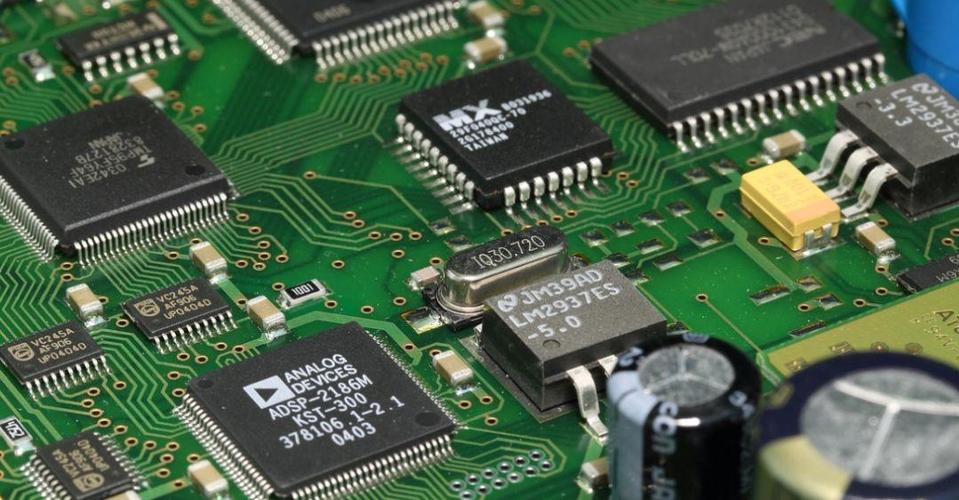What is HDI circuit board? HDI circuit boards refer to high-density interconnection, non-mechanical drilling, micro-blind hole ring less than 6mil, inner and outer line width/gap less than 4mil, and weld pad diameter less than 0.35mm. The trend of PCB circuit boards in the global market is to introduce blind and buried holes in high density interconnected products to save space more effectively and narrow line width and spacing. So what is blind hole? What is buried hole?
Blind hole PCB: Connect inner to outer. Buried hole PCB: Connect the inner layer to the inner layer. Most of the blind holes are small holes ranging from 0.05mm to 0.15mm in diameter. The methods of buried blind hole shaping include laser drilling, plasma etching and photopore shaping. Laser drilling is usually used. Laser drilling is divided into CO2 and YAG ultraviolet laser.
The difference between first-order and second-order production processes in HDI circuit boards is:
The first order is: after pressing once, drill hole=="then press copper foil==" and laser drill hole again----------"once.
The second order is: after pressing once, drill hole=="then press copper foil on the outside==" then laser drill hole=="second press copper foil==" then laser drill hole - -- the second time.
Thus, the difference between the first and second-order production processes in HDI circuit boards depends mainly on the number of laser holes you drill, that is, the order. With the rapid development of the electronic industry, electronic products are developing rapidly in the direction of light, thin, short and miniaturization. The PCB circuit board industry is also facing challenges of high precision, thin wires and high density.

HDI PCB board, containing RCC, LDPE, fr41) RCC: short for resin coated copper foil. Rolled concrete consists of copper foil and resin, which is coarsened, heat resistant and antioxidant. Use when the thickness is greater than 4mil. The resin layer of RCC has the same processing performance as FR-4 adhesives (prepregs).
In addition, the relevant characteristics of HDI multilayer PCB should be considered, such as:
(1) Reliability of high insulation and micro-conduction holes;
(2) high glass transition temperature (Tg);
(3) low dielectric constant and low water absorption;
(4) It has high adhesion and strength to copper foil;
(5) At the same time, RCC is a new product without glass fiber, which is good for laser and plasma etching, lightweight and thin multi-layer board circuit board. In addition, there are 12 pm, 18 PM thin copper clad sheets for easy processing. Low density polyethylene, FR4 sheet: used when thickness is less than or equal to 4mil. When using PP, 1080 is usually used, and 2116 PP2 is not used as much as possible. Copper foil requirements: When the customer does not request, the best use of copper foil on the base plate is 1 ounce for the inner layer of traditional PCB, Hoz for HDI circuit board, and 1/3 ounce for inner and outer coated copper foil.
HDI PCB are far superior to ordinary PCB board in material selection and technology, but their performance is also far better than people's needs today. They are interconnected in density, high frequency and light area.